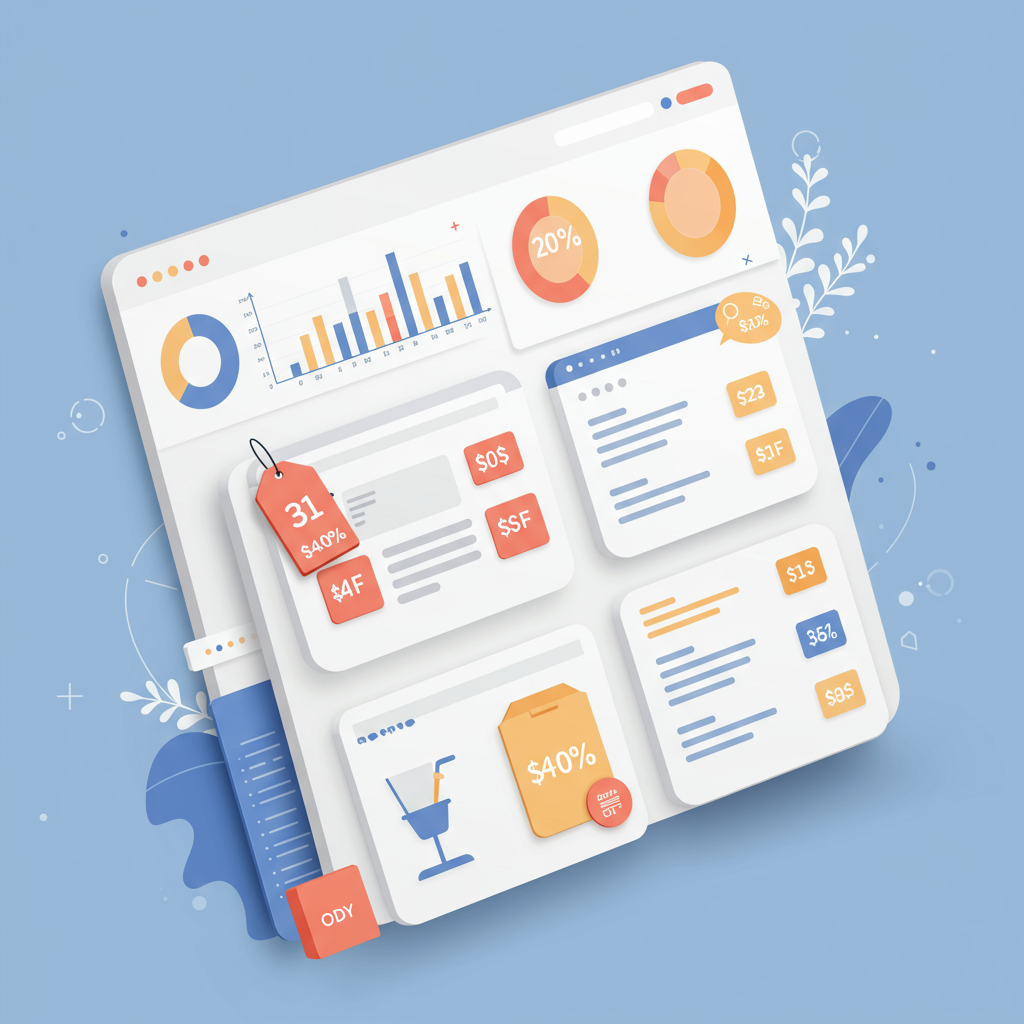Discover how to strategically price your products on Shopify to maximize sales and profitability.
As a Shopify merchant, one of the most critical decisions you’ll face is how to price your products. It’s not just about covering costs; it’s about perceived value, market positioning, and ultimately, your profitability.
Getting your pricing strategy right can be the difference between a thriving business and one that struggles to gain traction. It directly impacts your sales volume, profit margins, and even your brand’s image.
Today, I want to share some insights and actionable tips on how you can develop a robust pricing strategy for your Shopify store. We’ll explore various models and considerations to help you maximize your revenue.
First and foremost, you must understand your costs inside out. This isn’t just the cost of goods sold (COGS), but also shipping, packaging, marketing, platform fees, and your own time.
Knowing your true costs allows you to set a baseline. You need to ensure that your selling price covers all these expenses and leaves you with a healthy profit margin.
Next, consider your target audience. Who are you selling to? What is their disposable income? What value do they place on your product or service?
A luxury brand will price differently than a budget-friendly one, even if the underlying product is similar. Your pricing should align with your brand identity and customer expectations.
Let’s dive into some common pricing strategies. The simplest is often **Cost-Plus Pricing**. Here, you calculate your total cost per unit and add a fixed percentage markup.
For example, if a product costs you $10 to make and ship, and you want a 50% markup, you’d price it at $15. It’s straightforward but doesn’t account for market demand or perceived value.
A more sophisticated approach is **Value-Based Pricing**. This strategy focuses on how much value your product provides to the customer, rather than just its cost.
If your product solves a significant problem or offers unique benefits, customers might be willing to pay a premium. This often leads to higher profit margins.
Then there’s **Competitive Pricing**. This involves researching your competitors’ prices and positioning your own accordingly. You might price slightly lower, higher, or match them.
While useful for market positioning, blindly matching competitors can lead to price wars that erode everyone’s profits. It’s crucial to differentiate your offering.
**Dynamic Pricing** is another powerful strategy, especially for products with fluctuating demand or limited stock. Prices can change based on real-time market conditions, time of day, or inventory levels.
Shopify apps can help implement dynamic pricing, adjusting prices automatically to optimize sales and revenue. This is common in industries like travel or event ticketing.
Beyond these core strategies, **Psychological Pricing** plays a huge role. Think about charm pricing, like ending prices in .99 or .97 instead of a round number.
A product priced at $19.99 often feels significantly cheaper than one at $20. This small difference can have a big impact on conversion rates.
Another psychological tactic is **Anchoring**. Presenting a higher-priced “premium” option first can make a mid-range option seem more reasonable and attractive.
Consider **Bundling**. Offering multiple products together at a slightly reduced price than if bought individually can increase your average order value (AOV).
For instance, selling a camera with a lens and a case as a bundle can be more appealing than selling them separately, even if the discount is modest.
**Tiered Pricing** is excellent for services or products with different feature sets. Think of software subscriptions with basic, pro, and enterprise plans.
This allows you to cater to different customer segments with varying needs and budgets, capturing a wider market.
Don’t forget about **Discounts and Promotions**. While they can boost sales, use them strategically. Over-discounting can devalue your brand and train customers to wait for sales.
Limited-time offers, loyalty discounts, or seasonal sales can create urgency and reward loyal customers without constantly eroding your margins.
Implementing these strategies on Shopify is relatively straightforward. You can set regular prices, compare-at prices (for showing discounts), and manage inventory.
For more advanced features like subscriptions or dynamic pricing, the Shopify App Store offers a wealth of solutions that integrate seamlessly with your store.
Finally, remember that pricing is not a one-time decision. It’s an ongoing process of testing, monitoring, and optimization.
Use Shopify Analytics to track sales, conversion rates, and average order value. A/B test different price points or strategies to see what resonates best with your audience.
What do you think about this article? I’d love to hear your thoughts and any pricing strategies you’ve found successful in your own Shopify store.
By continuously refining your pricing strategy, you can ensure your Shopify business remains competitive, profitable, and poised for long-term success.






